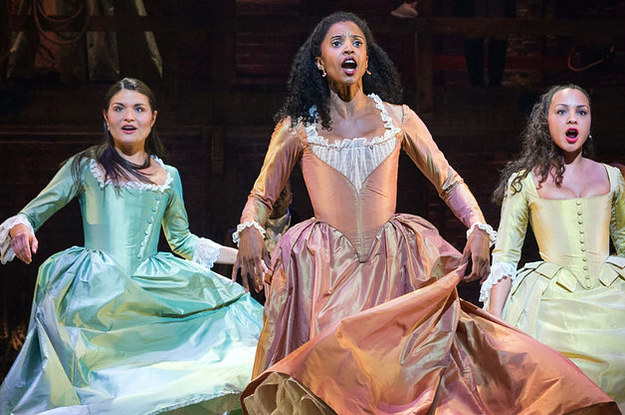Dear SSH Community,
I am so grateful to everyone who stayed with us during this difficult year of 2020 when so much of our lives changed and when many of us had to prioritize our families/caretaking (me included…even now I can’t write this whole post without being interrupted).
Stop Street Harassment is still here you though, and we will continue to advocate for safe public spaces in 2021!! One big event will be our 11th annual International Anti-Street Harassment Week, in collaboration with Safecity, held virtually from 11 to 17 April. Save the date!
And in the U.S., we have this good news, a women’s history museum was approved and street harassment is a topic they’d consider.
And in the planning process, the key will be an “expansive view” of women’s history, Gross said, including women of different abilities, trans and queer communities, and the experiences of women from all walks of life: “women who were performers, women who were writers, women who were seamstresses, women who were farmers, women who were domestics,” she explained. “I want it all.”
Such an expansive view could also extend to more experiential ways of teaching history, Gross said, including the history of street harassment in the US. “From the first women starting to work and having to navigate public streets, there were all kinds of perils,” she explained, especially for Black women. “They carried hatpins; they learned how to use their purses and bags defensively to protect themselves.”
It will be interesting to see if the museum could find a way to recreate or use “that embodied experience” to teach about the misogyny that has been a major part of American history, Gross said.”
It’s hard for me to imagine that our country now takes this issue so seriously it’d be part of our national museum, but street harassment is a huge issue in women’s lives, dictating many aspects of our life, so it should be! I can’t wait to see what happens.
Happy New Year to you and your loved ones. May 2021 be a year of peace, productivity and joy.

